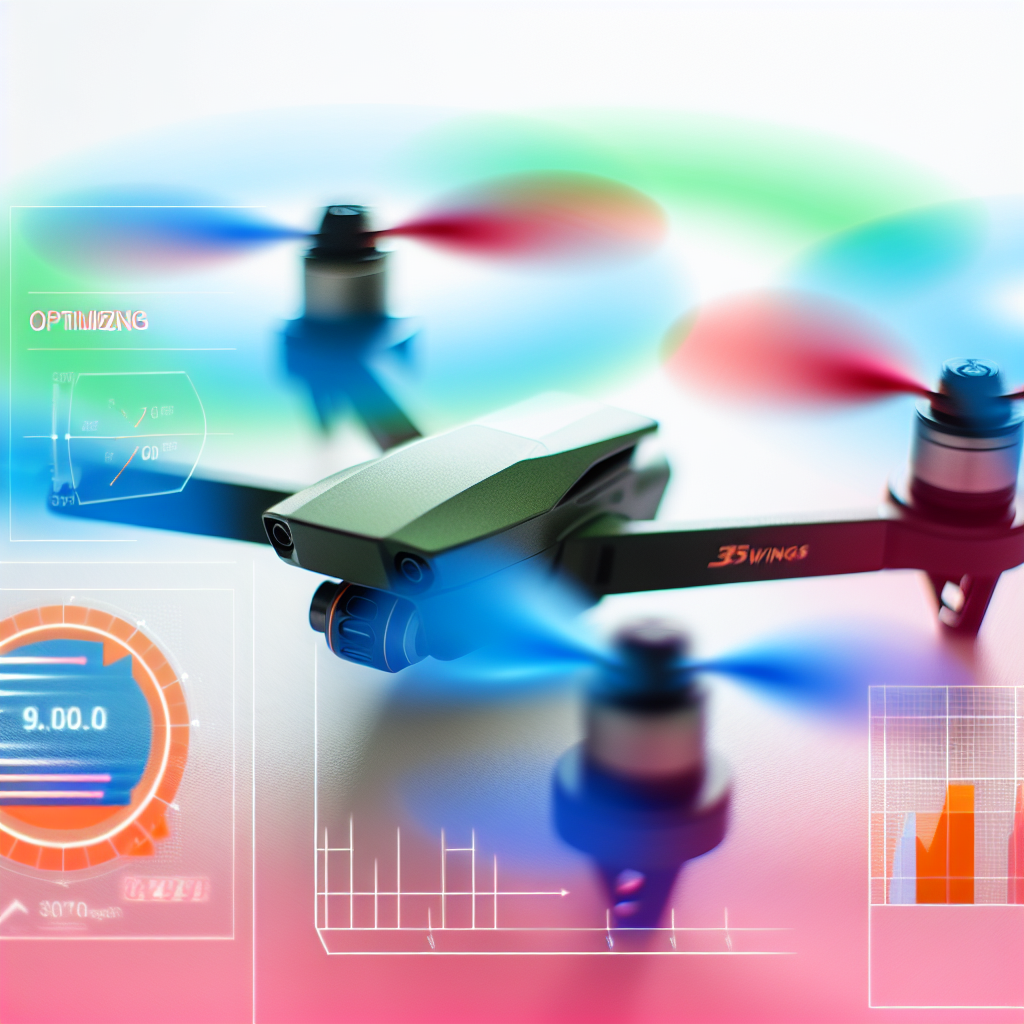Are you interested in optimizing your drone’s performance? Understanding the connection between 3Wings Propeller, Speed Test, and drone motor efficiency is essential for enthusiasts and professionals alike. In this article, we’ll explore how to effectively connect 3Wings Propellers, conduct speed tests, and interpret the results to enhance your drone flying experience.
Optimizing Drone Performance with 3Wings Propeller & Speed Tests
The Importance of Proper Propeller Selection and Connection
Choosing the right propeller is crucial for achieving optimal thrust, efficiency, and flight time. 3Wings propellers are popular among drone enthusiasts due to their aerodynamic design and lightweight construction, which help improve overall motor performance. Proper connection of these propellers to your drone motor ensures balanced torque and stability during flight.
Before conducting speed tests, confirm that your propeller is correctly mounted, with secure screws and proper alignment. An unbalanced connection can lead to inconsistent test results and potential damage to the motor or propeller.
Conducting Effective Speed Tests for Drone Motors
Speed testing involves measuring how fast your drone’s motors can spin under specific conditions, providing valuable data on their health and efficiency. To perform a reliable speed test:
- Ensure the drone is on a stable surface and the propellers are securely attached.
- Use a tachometer or specialized drone software to monitor RPM (Revolutions Per Minute) in real-time.
- Run the test with different propeller sizes or pitch angles to see how each configuration affects speed and overall performance.
- Record data meticulously to compare pre- and post-upgrade results, or to identify potential issues such as motor lag or imbalance.
Additionally, testing on a controlled environment prevents external variables—like wind or interference—from skewing your results, leading to more accurate insights into your drone’s capabilities.
Conclusion
In summary, using 3Wings propellers in conjunction with thorough speed tests can significantly impact your drone’s efficiency and flight performance. Proper connection, selected propeller size, and accurate measurement techniques are key factors in optimizing your setup. By understanding and applying these principles, you can enhance your drone’s power, stability, and overall flying experience, turning every flight into a precise and enjoyable adventure.
